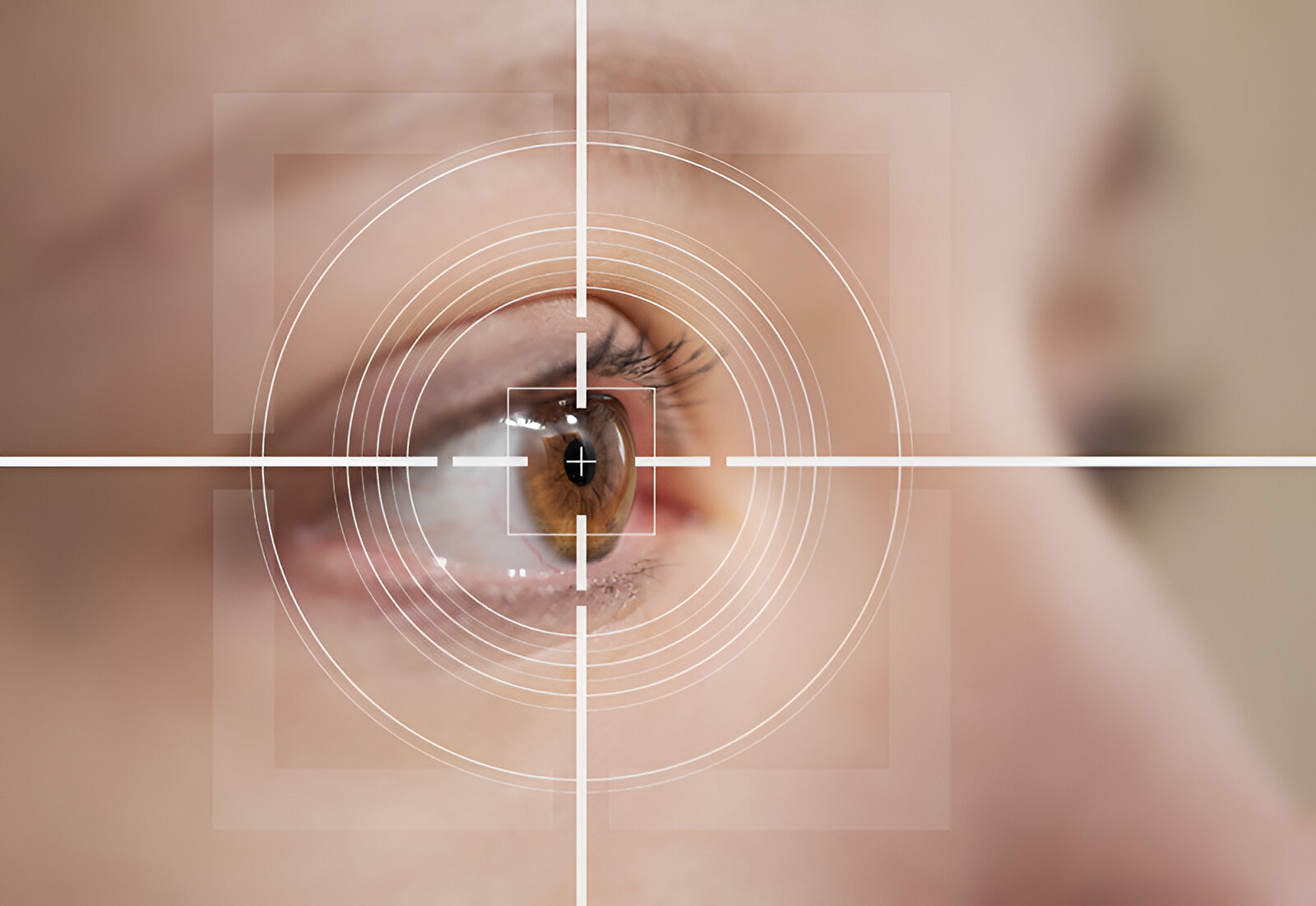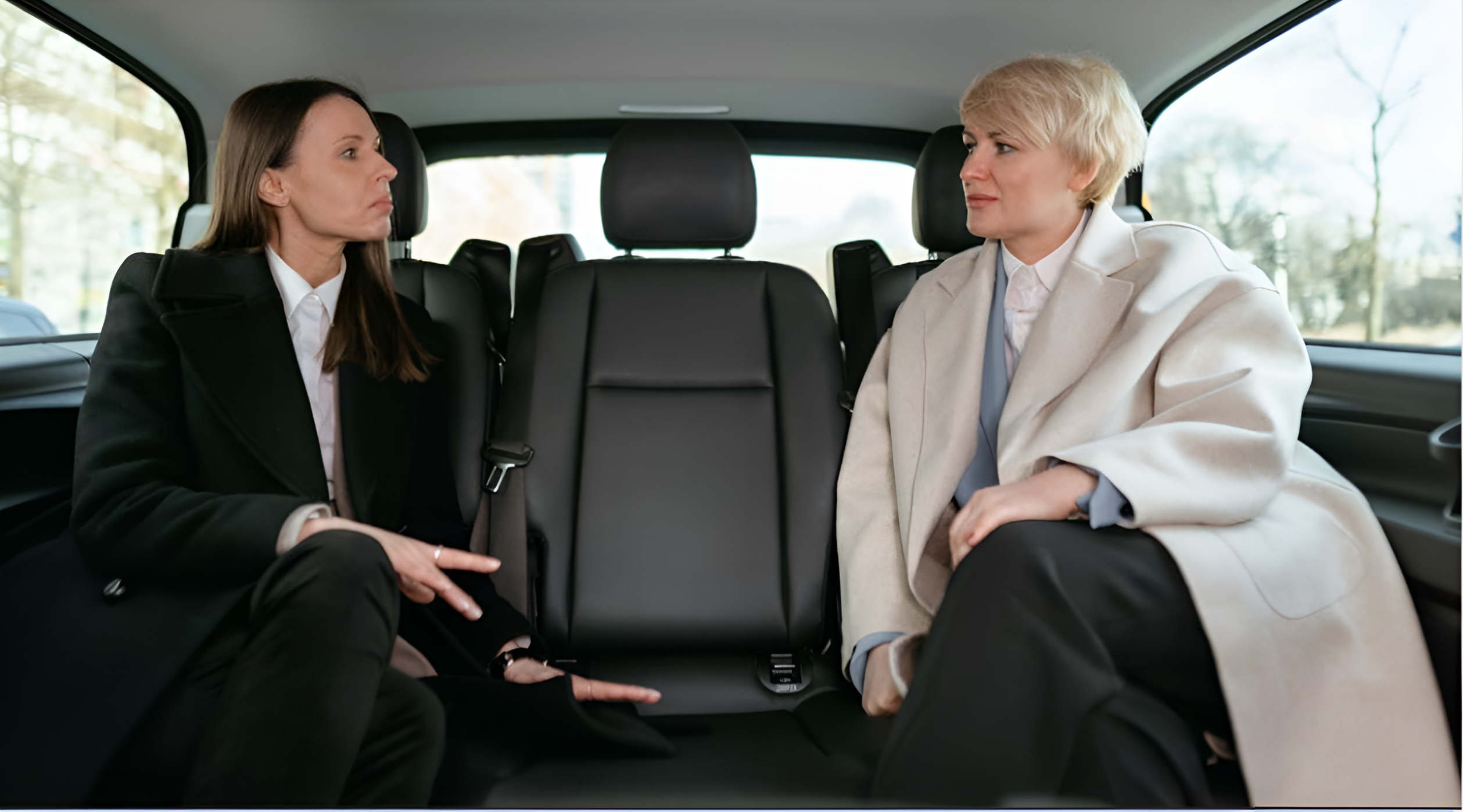
They say the eyes are the windows to the soul — but how those “windows” are interpreted varies widely across the globe. In some cultures, eye contact is a sign of honesty and confidence. In others, it’s seen as disrespectful or even confrontational. But what does that mean for how we use, interpret, and value vision in different societies?
Let’s take a closer look at the cultural psychology of eye contact, and what it reveals about the social side of sight.
Eye Contact: More Than Just a Glance
Eye contact is one of the most powerful non-verbal communication tools we have. It can signal:
-
Interest
-
Dominance
-
Affection
-
Truthfulness
-
Threat
But here’s where things get interesting — not every culture agrees on what eye contact means or how it should be used.
Around the World: A Cultural Map of Eye Contact
Western Cultures (e.g., U.S., U.K., Canada)
-
Eye contact = Confidence, sincerity, attentiveness
-
Avoiding eye contact may be interpreted as:
-
Dishonesty
-
Disinterest
-
Low self-esteem
-
-
In job interviews, public speaking, or dating, maintaining eye contact is considered a positive trait.
East Asian Cultures (e.g., Japan, China, Korea)
-
Eye contact = Disrespect or aggression, especially toward elders or authority figures.
-
Lowering one’s gaze is often a sign of respect and humility.
-
Indirect eye contact is used in polite conversation.
South Asian Cultures (e.g., India)
-
Varies by context:
-
Eye contact with elders may be limited to show respect.
-
In urban, modern settings, sustained eye contact is becoming more common.
-
In rural areas, eye contact norms may remain more conservative.
-
Middle Eastern Cultures
-
Strong eye contact between the same gender is common and expected.
-
However, eye contact between men and women can be seen as inappropriate or flirtatious, especially in conservative societies.
African Cultures (e.g., Nigeria, Kenya)
-
In many African communities, prolonged eye contact with elders or authority figures is considered rude.
-
Eye contact is often more acceptable among peers or in casual settings.
Latin American Cultures
-
Eye contact is typically valued and indicates engagement and warmth.
-
It’s an important part of building trust in conversation.
Cultural Perceptions and the Brain
Research in cross-cultural psychology suggests that:
-
Western individuals focus more on the eyes and face when reading emotions.
-
East Asians tend to focus more on overall context or background cues.
This means people from different cultures may literally see social situations differently — not because of physical vision, but because of how the brain processes visual cues shaped by cultural norms.
“Our eyes are tools — but culture decides how we use them.”
— Dr. David Matsumoto, Psychologist and Cross-Cultural Researcher
Eye Contact and Optometry: Why This Matters
Understanding cultural differences in visual communication is important for:
-
Optometrists and eye care professionals working with diverse patients
-
Counselors, educators, and healthcare workers trying to build trust
-
Multinational teams and global workplaces
In optometry, for example, a patient may avoid eye contact not because they are hiding something, but because they are following their cultural etiquette. Being aware of this helps create more inclusive, respectful care.
Fun Facts About Eye Contact
-
Babies prefer to look at eyes from as early as two days old.
-
In a study, mutual gaze between strangers for 2 minutes increased feelings of connection and attraction.
-
Eye contact activates the social cognition areas of the brain, including the amygdala and prefrontal cortex.
-
Dogs have evolved to maintain eye contact with humans — and get an oxytocin boost (the “bonding hormone”) when doing so!
The Takeaway: Vision Goes Beyond Biology
Vision isn’t just about seeing. It’s about interpreting, connecting, and understanding — and much of that is shaped by the world around us.
So next time you look someone in the eye (or avoid it), remember:
It’s not just a gaze. It’s a cultural dialogue.
Sources:
-
Matsumoto, D. (2006). Culture and Nonverbal Behavior.
-
Argyle, M., & Cook, M. (1976). Gaze and Mutual Gaze.
-
American Psychological Association – Nonverbal Communication
-
NIH: Visual Attention and Eye Contact in Cross-Cultural Communication
-
Psychology Today: Why Eye Contact Is So Powerful

